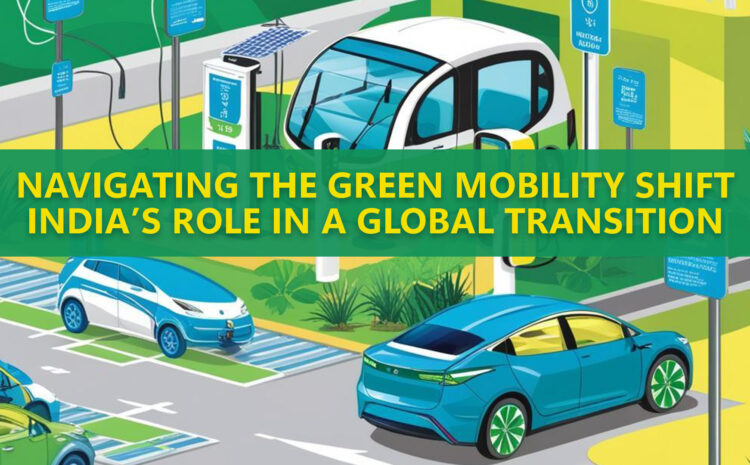Navigating the Green Mobility Shift: India’s Role in a Global Transition

Today, “green” isn’t just a buzzword – it’s at the forefront of conversations on energy, mobility, and the larger global economy.
The Green Movement in Global Mobility
The shift to a sustainable, “green” economy is happening everywhere – from energy sources to automotive trends. In our article, we’ll look at the latest data, focusing on 2024 automotive trends within India and globally. We’ll touch on the structural shifts taking place in India, the macro-level stories, and some key automotive segment trends that paint a vivid picture of where the industry is headed.
2024: A Year of Global Challenges and Opportunities
2024 has proven to be a dynamic and challenging year for the industry. Elections in over 80 countries, including India, have created a wave of political uncertainty. Internationally, economic and geopolitical factors like the Ukraine-Russia conflict and the Israel-Gaza situation have influenced the market. Meanwhile, the auto industry faces its own hurdles, including electric vehicle (EV) price wars, fluctuating trade tariffs, and strategic shifts by major global players.
Despite the global market’s modest growth of 2.3% in the year’s first seven months, India’s automotive sector has outperformed, growing at 4.7%. While India is a strong market, it’s experiencing high demand, leading to a saturated market in need of cooling-off. This surge in sales could pose a challenge in late 2024 and early 2025, as many consumers have already made their purchases in advance.
India’s Long-Term Potential in the Global Market
Looking at the long-term picture, India’s automotive sector shows strong growth potential. With vehicle sales projected to rise from 5.2 million units in 2025 to 8.3 million by 2035, India’s share of the global vehicle market will increase from 5% to 8%. India, now at a GDP per capita of $2,500 and a car penetration rate of 36 per 1,000 people, has reached similar economic benchmarks that China achieved in the late 2000s. With India’s trajectory expected to reach $4,500 per capita by 2030, we anticipate a continued increase in car ownership, though growth will differ from China’s more rapid rise.
Global Market Trends: The Push Towards EVs and Hybrids
Globally, markets are pushing aggressively towards EV adoption. The U.S. is aiming for 65% EVs, Europe for 85%, and China for 66% by 2035. In India, the forecasted rate is lower, with EVs expected to comprise 32% of the market by 2035. This gap highlights India’s reliance on non-electrified models, like hybrids and internal combustion engines, compared to other markets. This slower transition is attributed to market structure, consumer preferences, and the range of options available.
Structural Reforms and Economic Shifts in India
India’s economic trajectory is also shaped by large-scale reforms, including investments in infrastructure, digital initiatives, and policies encouraging green energy. With the economy expected to grow to $6.7 trillion by 2030, India is experiencing an influx of capital, supporting infrastructure development and creating new jobs, primarily in urban areas as the country transitions from agriculture to a service-driven economy.
Urbanization will play a key role, with over 400 million people expected to move to urban centers by 2050. This shift, along with the government’s emphasis on “smart cities,” will foster more organized growth and lead to enhanced living standards. Additionally, India’s transition to a service economy will open opportunities for higher-value jobs and economic resilience.
Outlook and the Road Ahead
India’s green mobility journey will involve balancing short-term demands with long-term goals. Growth rates, financing needs, and market pressures – including rising car prices – will shape the path forward. While India may face challenges, such as high inventory levels and the impact of the 2029 elections, the foundation for steady growth is in place, supported by government incentives and private investments in manufacturing and green technology.
In summary, India’s automotive sector is primed for growth amid global challenges. As we continue to embrace green mobility, the path may be bumpy, but with strategic planning, India is set to become a significant player in the global green mobility movement.